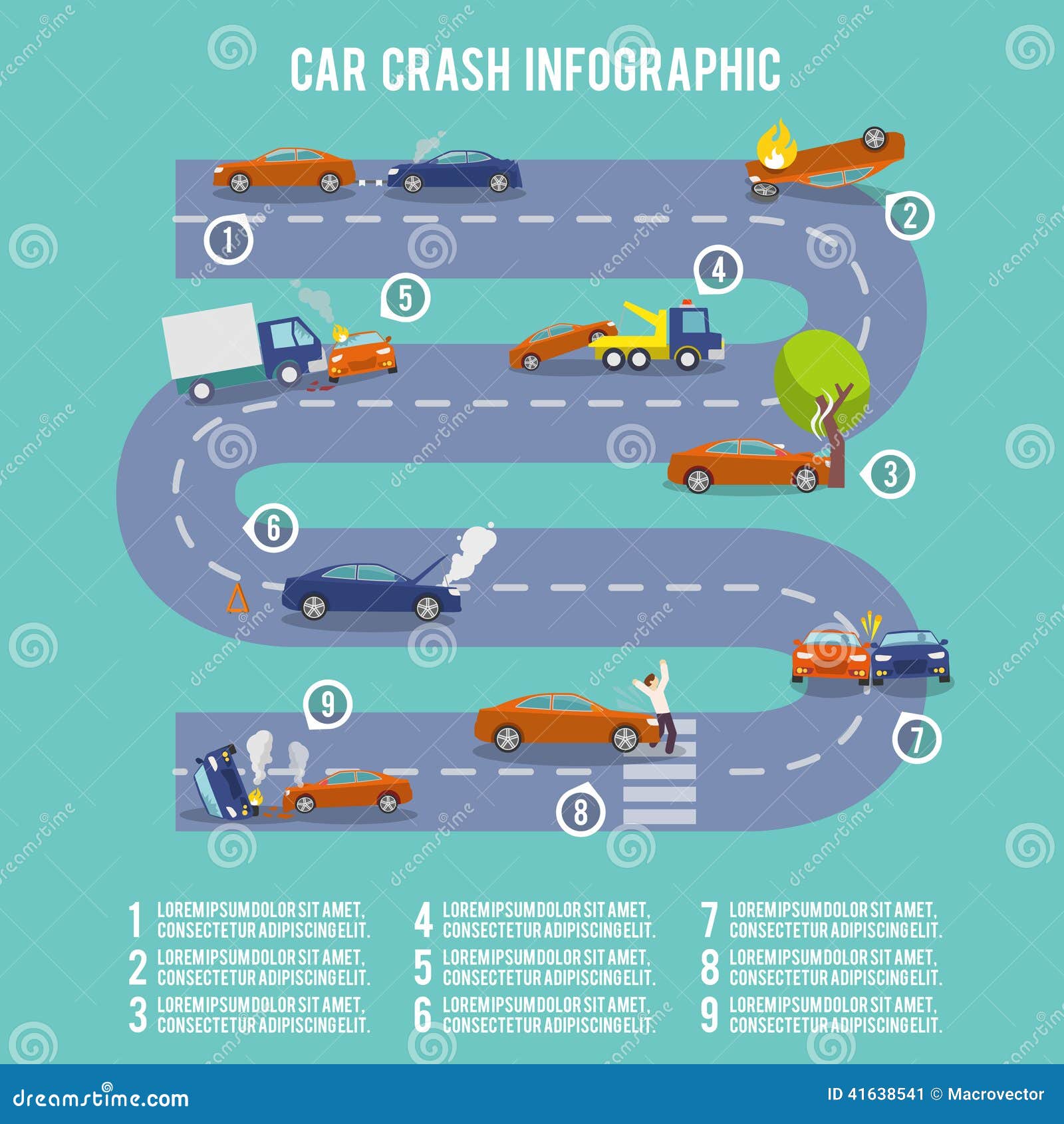Curious Concerning Those Control Panel Warning Lights In Your Automobile? Figure Out What They Imply For Your Car'S Health And Wellness
Curious Concerning Those Control Panel Warning Lights In Your Automobile? Figure Out What They Imply For Your Car'S Health And Wellness
Blog Article
Article Produced By-Samuelsen Kejser
When you're behind the wheel, those beautiful caution lights on your dashboard can be a bit bewildering. Do you know what they're trying to tell you regarding your car's wellness? Comprehending the importance of these lights is essential for your safety and security and the long life of your vehicle. So, the following time one of those lights appears, would not you wish to decode its message accurately and take the essential steps to address it?
Common Caution Lighting and Interpretations
Identify typical caution lights in your automobile and recognize their meanings to ensure risk-free driving.
The most regular caution lights consist of the check engine light, which indicates problems with the engine or emissions system. If this light begins, it's essential to have your automobile examined quickly.
The oil pressure alerting light suggests low oil stress, needing instant focus to stop engine damages.
on site detailing blinking battery light could suggest a malfunctioning charging system, possibly leaving you stranded otherwise resolved.
The tire stress tracking system (TPMS) light notifies you to reduced tire stress, influencing lorry stability and gas performance. Overlooking this could lead to unsafe driving problems.
The ABS light shows a problem with the anti-lock braking system, jeopardizing your capacity to stop quickly in emergencies.
Lastly, the coolant temperature level advising light warns of engine overheating, which can cause serious damage if not fixed swiftly.
Comprehending these common warning lights will help you attend to problems promptly and maintain risk-free driving problems.
Relevance of Prompt Interest
Recognizing the common warning lights in your automobile is only the very first step; the relevance of promptly attending to these warnings can't be stressed enough to ensure your safety and security on the road.
When a warning light illuminates on your dashboard, it's your car's method of connecting a potential problem that requires attention. Neglecting these warnings can cause extra serious problems later on, compromising your security and possibly costing you a lot more in repairs.
Motivate focus to warning lights can prevent break downs and crashes. For instance, a flashing check engine light might suggest a misfire that, if left ignored, might trigger damages to the catalytic converter. Addressing this immediately can conserve you from a pricey fixing.
Similarly, https://brakeservice50504.sharebyblog.com/31101338/would-certainly-you-like-to-discover-just-how-automation-and-robotics-are-revolutionizing-the-field-of-automobile-describing warning light might signal low brake liquid or used brake pads, vital components for your security when driving.
DIY Troubleshooting Tips
If you see a caution light on your control panel, there are a few DIY repairing ideas you can try before looking for professional aid.
The first step is to consult your automobile's handbook to understand what the certain caution light indicates. Often the issue can be as simple as a loosened gas cap triggering the check engine light. Tightening up the gas cap might solve the trouble.
Another common issue is a reduced battery, which can cause numerous cautioning lights. Inspecting the battery connections for corrosion and guaranteeing they're safe and secure might take care of the problem.
If a warning light lingers, you can try resetting it by separating the auto's battery for a couple of mins and afterwards reconnecting it. In addition, checking your lorry's liquid levels, such as oil, coolant, and brake liquid, can assist fix alerting lights connected to these systems.
Final thought
To conclude, comprehending your vehicle's caution lights is necessary for maintaining your vehicle running smoothly and securely. By promptly addressing these signals and understanding what they indicate, you can stay clear of pricey repair services and prospective failures.
Remember to consult your vehicle's manual for certain details on each alerting light and take action appropriately to guarantee a trouble-free driving experience.
Keep notified, remain safe when driving!
